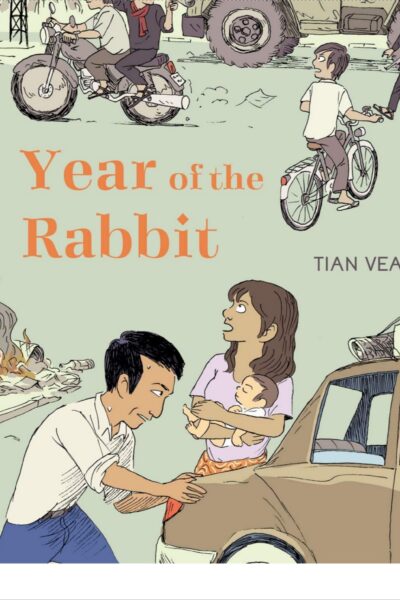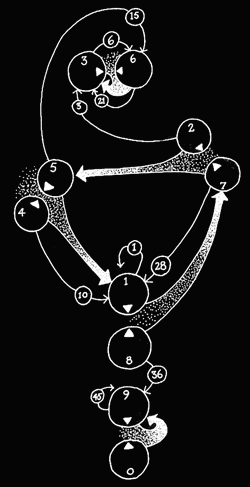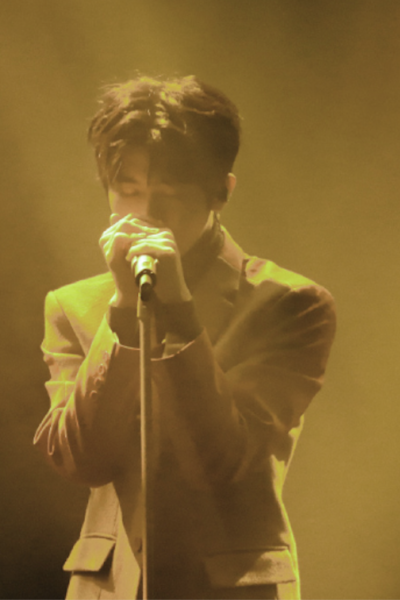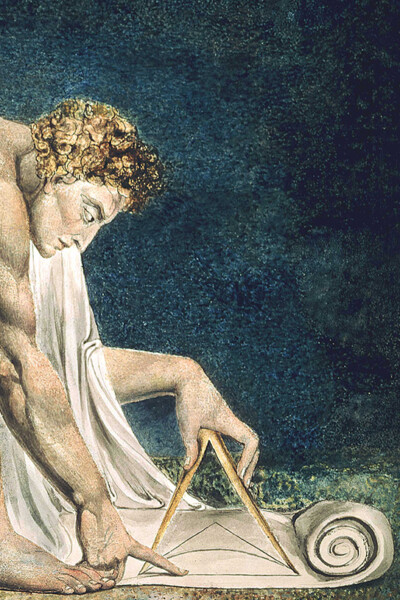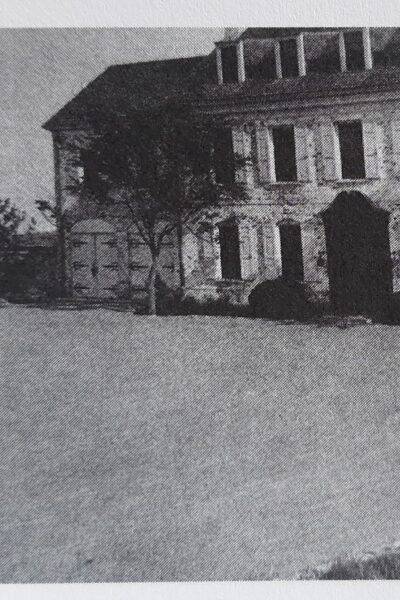We are not dealing with the end of the human species so much as we are dealing with the end of narcissism. If we want to keep on living on this earth, we have to deal seriously with others’ painful memories.
Most of the time we become through ambivalence—not caring either way—in an ill-fitting place of unfulfilled desire. Essays on ambivalence and forgetting.
A generation of highly original thinkers whose commitment to their work was not limited to the fickle favors of the research and education sector. An all-too-brief introduction.
A Cultural History of the Cranked Snare Drum
The snare sound was designed to obliterate, but on the other side of each strike was a celestial overtone — a halo that hung above the chaos.
The statue was renamed, or named twice: the Dionysus-Sardanapalus. Each name is a mirror of itself and the opposite. The statue embodies the unstable relationship between history, narrative, and artifact.
To write fan-fiction is to re-write, to bend time, to insert oneself into a queer narrative that is both already-impossible and newly-possible through the projection of desire onto fictional proxies.
Our thoughts about the mind or our minds themselves? Popular science at the edge of meaning.
On Dwelling: Poets and the Academy
Will poetry save us from our present circumstance of hell? Of course not. Yet it feels like it will, which is why, despite knowing better, poets persist in writing it.
Whose Words Are Ours: Stefania Heim’s Theoretical Feminine Poetics of Terror
Heim holds fast to the clarity and blur of spacetime in the imagination, and she describes one dimension in terms of another, à la the Theory of Relativity
What did A Room Of One’s Own really mean to modernist women?
Literary modernism and new accommodation in interwar London have twinned histories.


